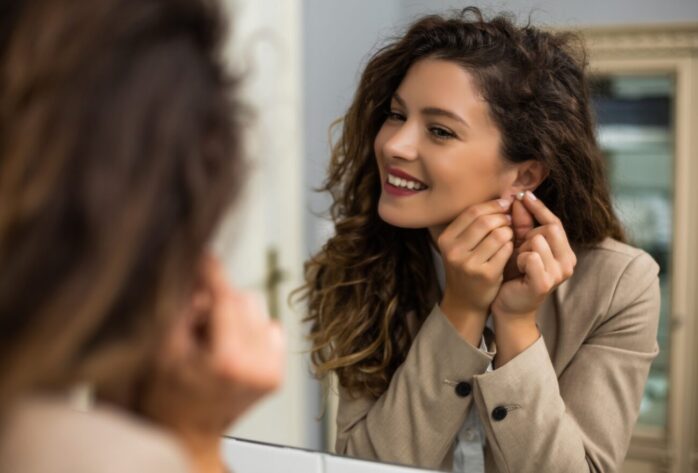
Earrings are not just a fashion accessory but also a statement of personal style. However, for those with sensitive ears, the quest for the perfect pair can be fraught with discomfort and irritation.Whether you have a known sensitivity to certain metals or simply want to avoid potential allergic reactions, this comprehensive guide will walk you through the key factors to consider when looking for hypoallergenic earrings. Hypoallergenic earrings have emerged as a solution for those who suffer from earlobe allergies triggered by common metals like nickel and cobalt.
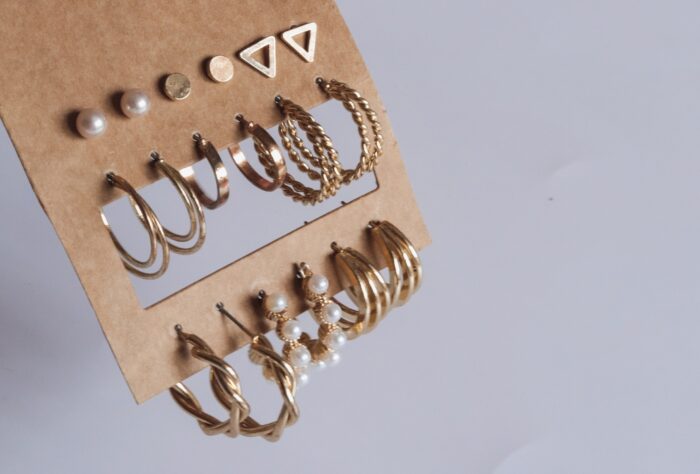
1. Materials Matter
The most critical aspect of hypoallergenic earrings is the choice of materials. Opt for earrings made from metals that are less likely to trigger allergies. Here are some of the safest materials for sensitive ears:
- Surgical Stainless Steel: This type of steel is an excellent choice as it is hypoallergenic and highly durable. Surgical stainless steel is often used in medical implants, making it a reliable option for those with sensitive skin.
- Titanium: Hypoallergenic and corrosion-resistant, titanium is another popular choice for earrings, particularly for those with metal sensitivities. It is incredibly lightweight, making it a comfortable choice for everyday wear.
- Niobium: Known for its biocompatibility, niobium is an excellent option for those with sensitive skin. It’s often used in body jewelry and is available in a variety of vibrant colors.
- 18K or 24K Gold: Gold earrings are less likely to cause allergic reactions, making earrings crafted from 18K or 24K gold a preferred choice. Gold is a timeless and elegant option that complements a wide range of styles.
- Platinum: A luxurious and hypoallergenic metal that’s perfect for sensitive ears. Platinum is known for its durability and lustrous appearance. It’s an ideal choice for those looking for high-quality, hypoallergenic earrings.
Avoid materials like nickel, cobalt, and brass, as they are common culprits for ear allergies. Nickel, in particular, is one of the most common allergens and should be avoided by anyone with a known sensitivity.
2. Nickel-Free Certification
If you’re considering earrings made from a metal alloy, ensure they are labeled as “nickel-free.” Even a small percentage of nickel can trigger allergies in susceptible individuals. Look for earrings that come with a certification stating they are free from this problematic metal. This certification ensures that the earrings meet strict standards for hypoallergenic materials.
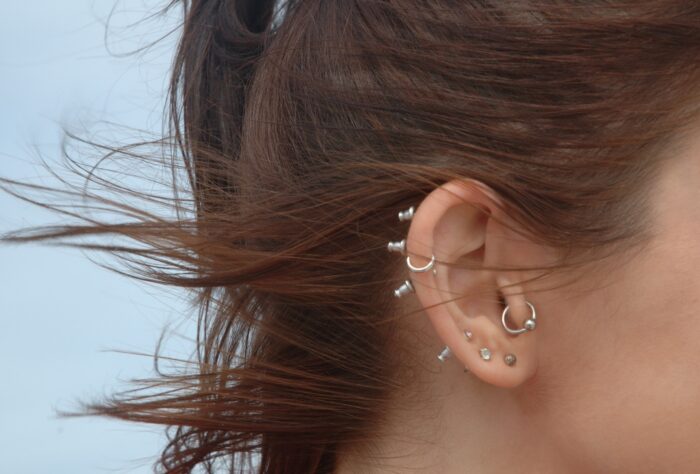
3. Hypoallergenic Coating
In some cases, you may come across earrings made from non-hypoallergenic materials with a hypoallergenic coating. While this coating can provide a barrier between your skin and the metal, it may wear off over time. Therefore, be prepared to replace the earrings when this happens. Look for products that clearly state the presence of a durable and effective hypoallergenic coating. These coatings are designed to offer long-lasting protection, ensuring your comfort and peace of mind.
4. Avoid Plated Metals
Earrings with metal plating can be a gamble when it comes to hypoallergenic options. Over time, the plating may wear away, exposing your skin to the base metal. To avoid potential issues, it’s best to choose solid metals. Solid metal earrings, such as those made of surgical stainless steel or pure gold, provide a consistent hypoallergenic experience and are less likely to cause skin reactions.
5. Allergic Reactions to Gemstones
Sometimes, it’s not the metal but the gemstones in earrings that can cause allergic reactions. If you suspect you’re sensitive to certain gemstones, choose earrings with hypoallergenic stones like sapphires, amethyst, or cubic zirconia. These stones are less likely to provoke allergies and can add an elegant touch to your jewelry. It’s important to note that some natural gemstones may contain trace elements that could trigger allergies, so it’s essential to choose hypoallergenic alternatives when in doubt.
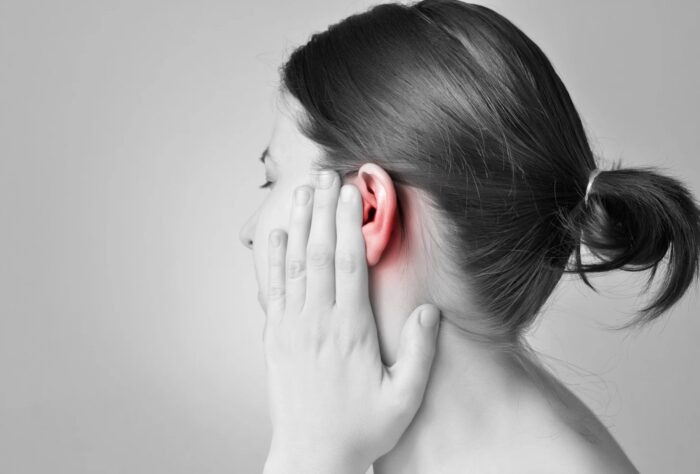
6. Nickel Allergy Test
If you’re unsure about your sensitivity to nickel or other metals, consider consulting an allergist and undergoing an allergy test to identify any specific allergies. This information can help you make more informed choices when selecting hypoallergenic earrings. An allergy test can pinpoint the specific metals or materials you should avoid, allowing you to shop for earrings with confidence.
7. Custom Hypoallergenic Earrings
For individuals with severe metal sensitivities, custom-made hypoallergenic earrings can be a valuable option. Custom jewelers can create earrings tailored to your specific needs, ensuring they are free from any materials that trigger allergies. While this option may be more expensive, it provides a unique and personalized solution for your sensitive ears.
8. Cleaning and Maintenance
To prolong the life of your hypoallergenic earrings and maintain their hypoallergenic properties, it’s important to follow proper cleaning and maintenance practices. Use a soft, non-abrasive cloth to clean your earrings regularly, removing any buildup of dirt or oils. Avoid using harsh chemical cleaners, as they may damage the hypoallergenic coating or affect the metals over time. Additionally, store your earrings in a clean, dry environment to prevent exposure to moisture or contaminants that could lead to irritation.
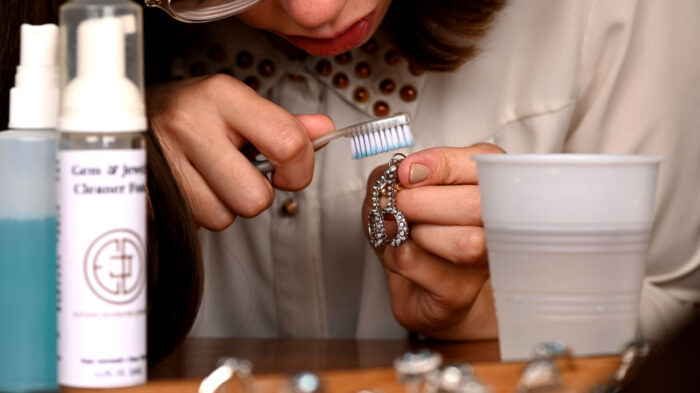
9. Consider Earring Styles
When choosing hypoallergenic earrings, consider the style and design that best suits your preferences. Hypoallergenic options come in a wide range of styles, from studs and hoops to dangles and chandeliers. The style you choose should align with your personal fashion choices and occasions where you plan to wear the earrings. Additionally, take into account the weight of the earrings; heavier designs may not be comfortable for extended wear.
10. Matching with Other Jewelry
If you’re planning to wear hypoallergenic earrings along with other jewelry, ensure that the materials and styles of all your pieces complement each other. A cohesive and well-matched look can enhance your overall style and make a more significant statement. Hypoallergenic jewelry is available in various designs and can be coordinated with necklaces, bracelets, and rings to create a harmonious ensemble.
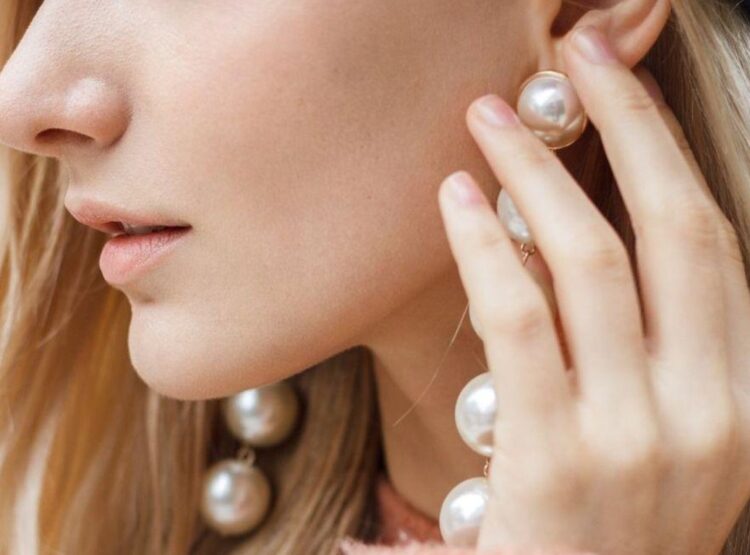
Conclusion
In the world of earrings, hypoallergenic options are a lifeline for individuals with sensitive ears. By carefully considering the materials, certifications, coatings, and gemstones, you can confidently choose earrings that allow you to express your style without fear of discomfort or allergies. Prioritize your comfort and well-being, and never compromise on the quality of your earrings. With the right pair of hypoallergenic earrings, you can showcase your unique style while keeping your sensitive ears happy and healthy. Investing in hypoallergenic earrings is not just a fashion choice but a decision that promotes your overall well-being. Enjoy your earrings without the worry of allergic reactions, and let your individuality shine through.
Remember, choosing hypoallergenic earrings is a thoughtful and practical decision that ensures your comfort and style go hand in hand. With the wide variety of hypoallergenic materials and styles available, there’s no need to compromise. Take the time to explore your options and find the perfect hypoallergenic earrings that not only make a fashion statement but also protect your sensitive ears. Your jewelry should be an expression of your unique style, and hypoallergenic earrings make it possible for everyone to enjoy beautiful and comfortable accessories.





